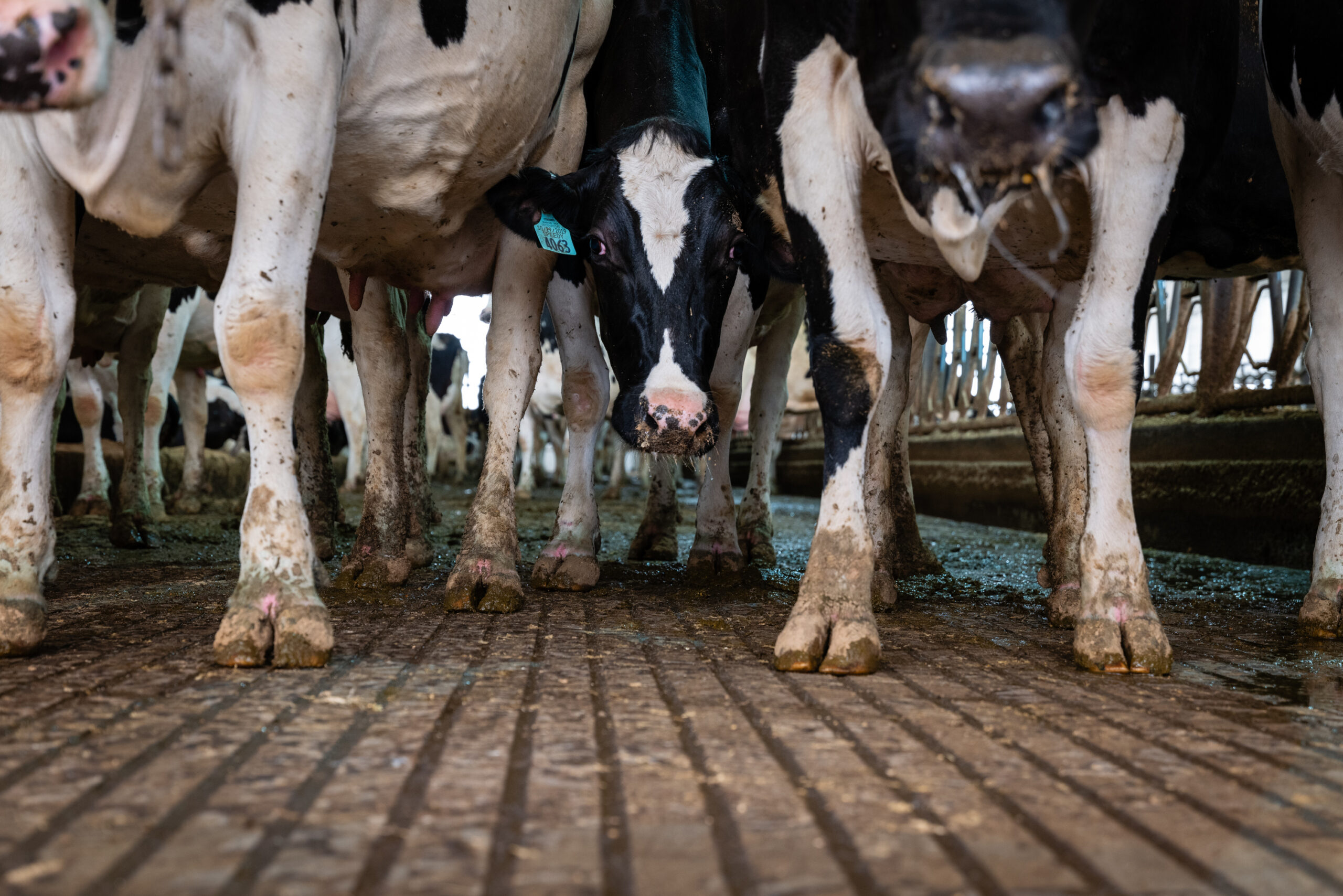So, in all, Missouri’s case count in the H5N1 outbreak will stay at one for now, and there remains no evidence of human-to-human transmission. Though both the household contact and the index case had evidence of an exposure, their identical blood test results and simultaneous symptom development suggest that they were exposed at the same time by a single source—what that source was, we may never know.
California and Washington
While the virus seems to have hit a dead end in Missouri, it’s still running rampant in California. Since state officials announced the first dairy herd infections at the end of August, the state has now tallied 137 infected herds, and at least 13 infected dairy farm workers. California, the country’s largest dairy producer, now has the most herd infections and human cases in the outbreak, which was first confirmed in March.
In the briefing Thursday, officials announced another front in the bird flu fight. A chicken farm in Washington state with about 800,000 birds became infected with a different strain of H5 bird flu than the one circulating among dairy farms. This strain likely came from wild birds. While the chickens on the infected farms were being culled, the virus spread to farmworkers. So far, two workers have been confirmed to be infected and five others are presumed to be positive.
As of publication time, at least 31 humans have been confirmed infected with H5 bird flu this year.
With the spread of bird flu in dairies and the fall bird migration underway, the virus will continue to have opportunities to jump to mammals and gain access to people. Officials have also expressed anxiety as seasonal flu ramps up, given influenza’s penchant for swapping genetic fragments to generate new viral combinations. The reassortment and exposure to humans increases the risk of the virus adapting to spread from human to human and spark an outbreak.

